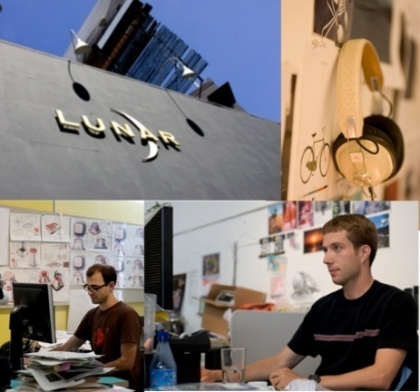Perspectives on greener product development and manufacturing from Sustainable Minds, our partners, customers and contributors.
Sustainability through design and engineering

Perspectives on greener product development and manufacturing from Sustainable Minds, our partners, customers and contributors.
